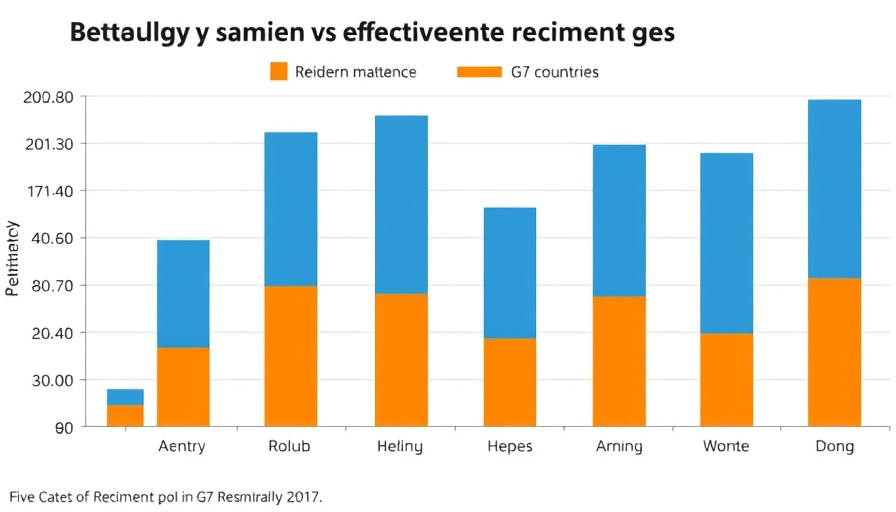
A Significant Supreme Court Ruling: What It Means for Military Reservists
The U.S. Supreme Court recently issued a pivotal ruling impacting thousands of federal employees who also serve as military reservists. The case, involving Coast Guard reservist Nick Feliciano, clarified that he is entitled to differential pay while on active duty, marking a decisive moment in the interpretation of military compensation law.
Understanding Differential Pay: A Necessity for Reservists
The ruling stems from Feliciano’s deployment from 2012 to 2017, during which he served in active capacity while maintaining his role as an air traffic controller for the Federal Aviation Administration. The Supreme Court's 5-4 decision overturned previous appellate court judgments that narrowed the definition of differential pay for these dual-role employees. According to the court, terms used in the relevant federal statute do not imply the need for a 'substantive connection' to a national emergency, a principle that effectively broadens the eligibility of many reservists.
The Broader Impact: Workforce Strategy and HR Implications
This ruling not only represents a win for Feliciano but also enhances talent management strategies across federal agencies. Many federal policymakers and organizational leaders need to consider how this decision could influence employee performance and engagement among reservists. As the workforce navigates various challenges, a people-first leadership approach can ensure that employees are recognized for their dual roles, enhancing overall organizational health.
Why This Ruling Matters for CHROs and Leadership Development
For Chief Human Resource Officers (CHROs) and Chief People Officers, this ruling offers critical insights into the importance of equitable treatment of reservists in the workplace. It underscores a cultural shift towards a high-performance culture where all employees, regardless of their additional commitments, feel valued and supported. Understanding and adapting employee retention strategies as they relate to reservists can drive more profound levels of loyalty and engagement across the organization.
Conclusion: Fostering a High-Performance Culture
As federal organizations implement this ruling into their compensation frameworks, it’s imperative for CHROs and operational leaders to reassess their workforce strategy and ensure that it aligns with the needs of their diverse employee base, including reservists. By doing so, they can cultivate a sustainable culture that not only honors service members but also enhances overall organizational effectiveness.
 Add Row
Add Row  Add
Add 




Write A Comment